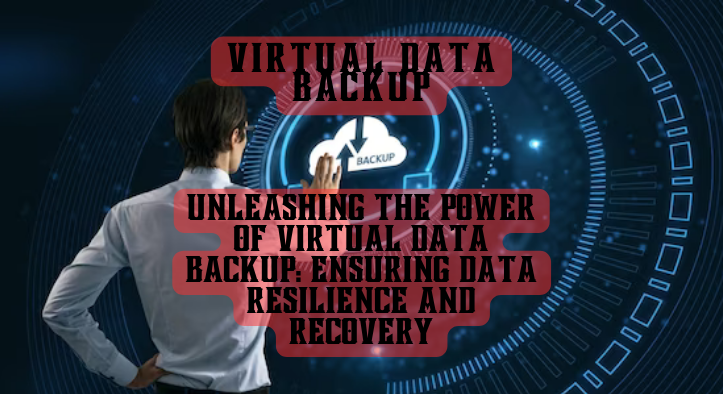Unleashing the Power of Virtual Data Backup: Ensuring Data Resilience and Recovery

Unleashing the Power of Virtual Data Backup: Ensuring Data Resilience and Recovery
Data is the lifeblood of any business, and its loss can be catastrophic. To ensure data resilience and recovery, organizations must have a reliable data backup strategy in place. Virtual data backup is an effective solution that can help organizations protect their data and ensure its availability in the event of a disaster.
What is Virtual Data Backup?
Virtual data backup is a cloud-based data backup solution that enables organizations to store their data in a secure, off-site location. It is a cost-effective and reliable way to protect data from physical disasters, such as fires, floods, and power outages. Virtual data backup also provides organizations with the flexibility to access their data from any location, at any time.
Benefits of Virtual Data Backup
Virtual data backup offers a number of benefits to organizations, including:
- Cost savings: Virtual data backup eliminates the need for expensive hardware and software, as well as the associated maintenance costs. It also reduces the need for on-site personnel, resulting in further cost savings.
- Data security: Virtual data backup provides organizations with a secure, off-site location to store their data. It also offers encryption and other security measures to protect data from unauthorized access.
- Data availability: Virtual data backup ensures that data is available in the event of a disaster. It also allows organizations to access their data from any location, at any time.
- Scalability: Virtual data backup is highly scalable, allowing organizations to easily increase or decrease their storage capacity as needed.
Best Practices for Virtual Data Backup
Organizations should follow these best practices to ensure the effectiveness of their virtual data backup strategy:
- Create a backup schedule: Organizations should create a backup schedule that outlines when and how often backups should be performed. This will ensure that data is regularly backed up and that backups are up-to-date.
- Test backups regularly: Organizations should regularly test their backups to ensure that they are working properly and that data can be recovered in the event of a disaster.
- Secure backups: Organizations should ensure that their backups are stored in a secure, off-site location. They should also use encryption and other security measures to protect their data from unauthorized access.
- Monitor backups: Organizations should monitor their backups to ensure that they are working properly and that data is being backed up regularly.
Conclusion
Virtual data backup is an effective solution for organizations looking to protect their data and ensure its availability in the event of a disaster. It offers cost savings, data security, data availability, and scalability. Organizations should follow best practices, such as creating a backup schedule, testing backups regularly, securing backups, and monitoring backups, to ensure the effectiveness of their virtual data backup strategy. By leveraging the power of virtual data backup, organizations can ensure data resilience and recovery.

